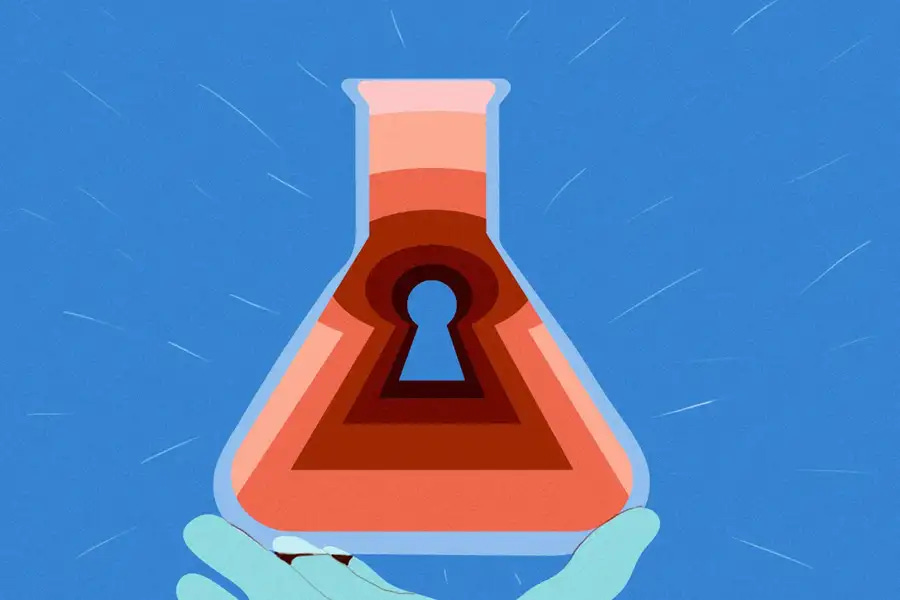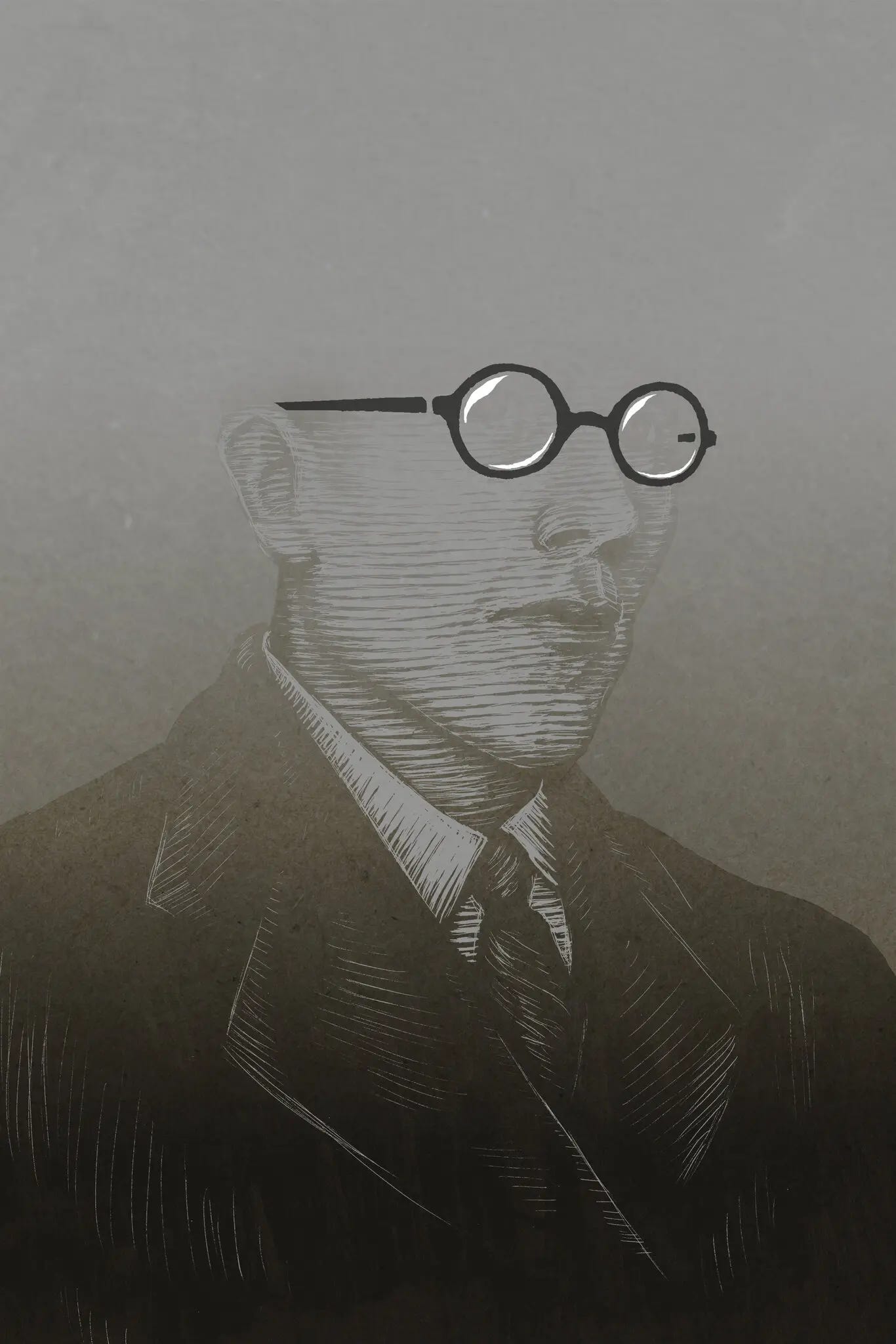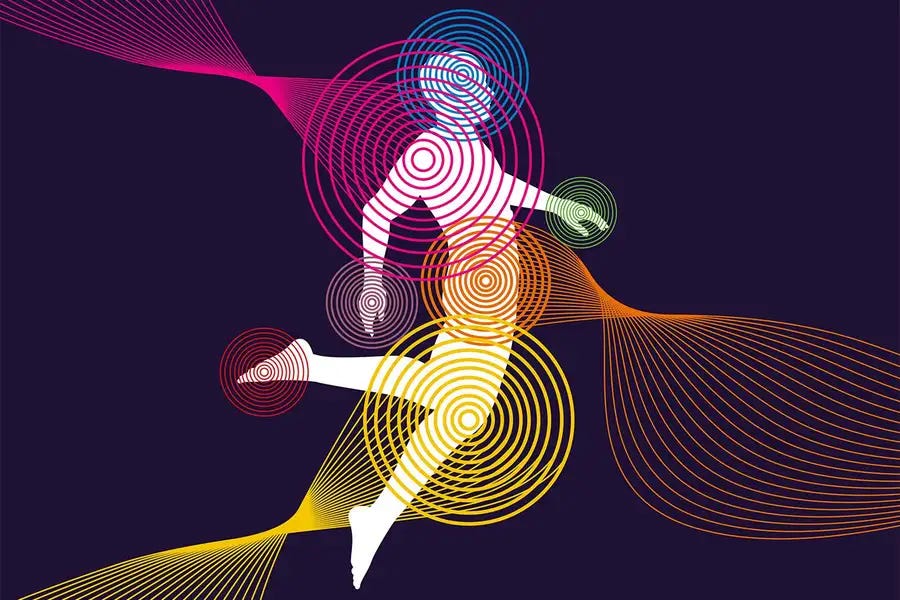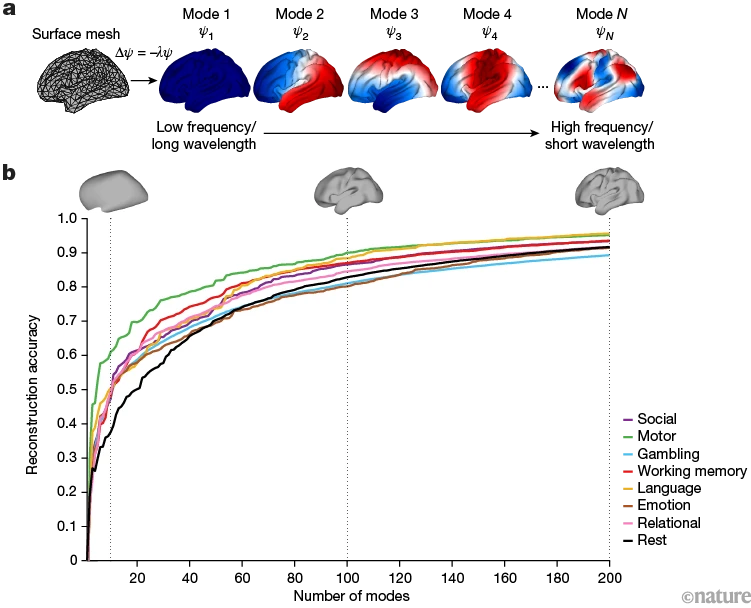Sci-Ed Update 275
Diversity in medical studies, eponym controversy, what is life?, synched brain waves, responses to nutrients after weight loss, ultrasonic therapy, & more!
Why medical studies of diverse populations benefit humanity as a whole
The historical abuse of research in traditionally underrepresented populations – such as the unethical Tuskegee syphilis study, in which Black men in the US were deliberately denied medical treatment – has understandably led to deep mistrust of medical research in these communities.
Yet history also teaches us that ethically broadening the diversity of research participants builds new knowledge that is widely applicable. An example is the story behind PCSK9 inhibitors, drugs that are extraordinarily effective at lowering the type of cholesterol associated with cardiovascular disease by targeting a protein called PCSK9. By ensuring African Americans were included in her studies, Helen Hobbs at UT Southwestern Medical Center in Texas discovered that certain mutations in the gene that makes the protein – common in African Americans but rare in people of European descent in the US – are associated with a 40 per cent lower level of harmful low-density lipoprotein cholesterol. This led to the development of safe PCSK9-blocking drugs that are far more potent than statins.
Our own research, from prenatal diagnostics to solid organ transplantation, provides similar examples of the need for diversity in research. Another recent study found that, because cancer research employing the gene-editing tool CRISPR draws on “reference genomes” that are insufficiently diverse, it is prone to missing genes that, when mutated, promote the development of cancer among those of African descent. Only more inclusive research will improve these outcomes.
Studies show that research by diverse teams has the greatest impact. This supports students from historically excluded communities to pursue careers in science. We must also encourage scientific inquiry that puts equitable practices at its heart and seeks to repair justified mistrust of the scientific community – for example, by partnering with historically Black medical colleges in the US.
Read more→ AandP.info/2bf
Should Medicine Still Bother With Eponyms?
An eponym was once considered medicine’s highest honor. Like monuments to great generals, they paid tribute to medicine’s most brilliant minds, ensuring their names would live on in perpetuity. The best-known example is the fallopian tubes, named after Gabriele Falloppio, an Italian priest and anatomist who is credited as being the first to describe them. Others include Alzheimer’s, Parkinson’s and Hodgkin’s diseases, all named for European medical men.
So it was a shock when, in the early 2000s, dozens of eponyms were discovered to be linked to National Socialist doctors who had violated every value of medical consent and human dignity. These offenders could be found lingering in the lungs, attached to common diseases like arthritis and even on craters of the moon. There seemed to be only one possible response: purge the Nazis. These names were “not only a travesty but an affront to the profession,” two doctors wrote in 2007 in The Israel Medical Association Journal.
“We owe it to our patients, we owe it to their loved ones, we owe it to the victims of these atrocities,” said Dr. Eric Matteson, a retired rheumatologist who helped rename a disease of inflamed blood vessels formerly known as Wegener’s granulomatosis. “You are doing them an injustice.”
Read more→ AandP.info/czo
The Eponym Episode | Using Modern Terminology
00:43 | What is an Eponym?
06:57 | Modern Use of Eponyms
17:16 | Another Problem with Eponyms
22:34 | How to Deal with Eponyms in Our A&P Course
To listen to this episode, click on the player (if present) or this link→ theAPprofessor.org/podcast-episode-40.html
Radical New Theory Gives a Very Different Perspective on What Life Is
Biologists usually define 'life' as an entity that reproduces, responds to its environment, metabolizes chemicals, consumes energy, and grows. Under this model, 'life' is a binary state; something is either alive or not.
This definition works reasonably well on planet Earth, with viruses being one notable exception. But if life is elsewhere in the universe, it may not be made of the same stuff as us. It might not look, move, or communicate like we do. How, then, will we identify it as life?
Arizona State University astrobiologist Sara Walker and University of Glasgow chemist Lee Cronin think they've found a way.
They argue that chance alone cannot consistently produce the highly complex molecules found in all living creatures.
To produce billions of copies of intricate objects like proteins, human hands, or iPhones, the universe needs a 'memory' and a way of creating and reproducing complex information – a process that sounds very much like 'life'.
Walker and Cronin's 'assembly theory' predicts that molecules produced by biological processes must be more complex than those produced by non-biological processes.
Kevin Patton comment→ What life is, is a biological sense, is far from being precisely defined—yet so few of us take a moment in our A&P course to discuss that.
Read more→ AandP.info/uw5
Brain Waves Synchronize when People Interact
Neuroscientists usually investigate one brain at a time. They observe how neurons fire as a person reads certain words, for example, or plays a video game. As social animals, however, those same scientists do much of their work together—brainstorming hypotheses, puzzling over problems and fine-tuning experimental designs. Increasingly, researchers are bringing that reality into how they study brains.
Collective neuroscience, as some practitioners call it, is a rapidly growing field of research. An early, consistent finding is that when people converse or share an experience, their brain waves synchronize. Neurons in corresponding locations of the different brains fire at the same time, creating matching patterns, like dancers moving together. Auditory and visual areas respond to shape, sound and movement in similar ways, whereas higher-order brain areas seem to behave similarly during more challenging tasks such as making meaning out of something seen or heard. The experience of “being on the same wavelength” as another person is real, and it is visible in the activity of the brain.
Read more→ AandP.info/ask
Brain responses to nutrients are severely impaired and not reversed by weight loss in humans with obesity: a randomized crossover study
Post-ingestive nutrient signals to the brain regulate eating behaviour in rodents, and impaired responses to these signals have been associated with pathological feeding behaviour and obesity.
To study this in humans, we performed a single-blinded, randomized, controlled, crossover study in 30 humans with a healthy body weight (females N=12, males N=18) and 30 humans with obesity (females N=18, males N=12). We assessed the effect of intragastric glucose, lipid and water (noncaloric isovolumetric control) infusions on the primary endpoints cerebral neuronal activity and striatal dopamine release, as well as on the secondary endpoints plasma hormones and glucose, hunger scores and caloric intake. To study whether impaired responses in participants with obesity would be partially reversible with diet-induced weight loss, imaging was repeated after 10% diet-induced weight loss.
We show that intragastric glucose and lipid infusions induce orosensory-independent and preference-independent, nutrient-specific cerebral neuronal activity and striatal dopamine release in lean participants. In contrast, participants with obesity have severely impaired brain responses to post-ingestive nutrients. Importantly, the impaired neuronal responses are not restored after diet-induced weight loss.
Impaired neuronal responses to nutritional signals may contribute to overeating and obesity, and ongoing resistance to post-ingestive nutrient signals after significant weight loss may in part explain the high rate of weight regain after successful weight loss.
Read more→ AandP.info/fap
How ultrasound therapy could treat everything from ageing to cancer
Imagine a medical device that could treat an enormous range of our ills, both big and small. A gadget that showed promise for destroying cancerous tumours or obliterating the body fat associated with obesity. Or that was potentially effective against the likes of back pain and glaucoma – and that was even versatile enough to be considered as a tool for tackling depression or anxiety. Surprisingly, such technology exists. Even more surprisingly, it works simply by generating sound waves.
While perhaps most familiar to us for its use in medical imaging, ultrasound has emerged in recent decades as an extraordinarily flexible medical tool. Using the heat that intense ultrasound waves generate, we can destroy tumours or other problematic tissue deep within the body without making any incisions. Dial down the intensity, meanwhile, and we can gain unprecedented access to the brain, shaking cells to change their behaviour in ways that seem to improve mental health. For good measure, ultrasound may even reverse signs of physical ageing and reduce the learning and memory problems associated with older age.
“Ultrasound is already a ubiquitous tool in medicine,” says Nir Lipsman at Sunnybrook Research Institute in Toronto, Canada. “But there’s tremendous focus on it right now because of the different ways we could use it to treat different medical problems.”
Read more→ AandP.info/wbb
The geometry of the human brain shapes its function
Our findings confirm theoretical predictions that the geometry of the human brain fundamentally constrains its function, much like the shape of a pond influences the ripples caused by falling raindrops. Moreover, our results indicate that different stimuli excite brain-wide geometric eigenmodes, challenging conventional approaches that concentrate on stimulus-evoked responses in focal, spatially isolated regions. Our approach offers a unifying and physically principled framework for studying the brain that emphasizes the importance of wave dynamics and a previously underappreciated role of geometry in shaping patterned brain activity.
Read more→ AandP.info/ltw









